Opsi Kertas Offset: Definisi, Jenis, Kegunaan, dan Manfaat
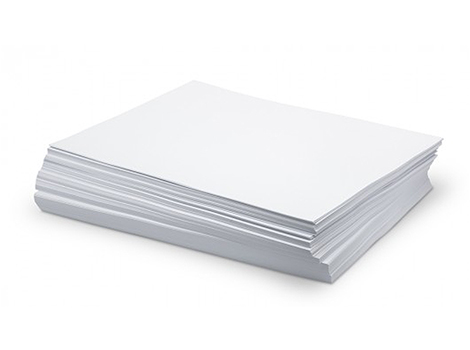
Apa yang dimaksud dengan Kertas Offset?
Kertas offset adalah jenis kertas cetak yang secara khusus didesain untuk digunakan dalam proses pencetakan offset. Diproduksi dengan menggunakan bubur kertas, kertas ini biasanya memiliki bobot yang relatif tinggi, biasanya diukur dalam gram per meter persegi (GSM). Karakteristik utama kertas offset adalah kehalusannya, yang memastikan cetakan berkualitas tinggi dengan memungkinkan penyerapan tinta yang sangat baik, sehingga menghasilkan warna-warna cerah dan gambar yang tajam. Kertas offset bisa dilapisi atau tidak dilapisi, masing-masing menawarkan properti yang memenuhi berbagai kebutuhan pencetakan.
Sifat-sifat Kertas Offset
Kertas offset memiliki sejumlah properti utama yang membuatnya cocok untuk beragam luas proyek pencetakan. Beratnya, biasanya diukur dalam GSM, menentukan ketebalan dan kekokohannya, dengan kertas yang lebih berat menawarkan daya tahan yang lebih baik. Permukaan kertas yang halus berkontribusi pada kemampuan cetaknya, memungkinkan gambar dan teks yang bersih dan jernih. Kertas berkapasitas tinggi mencegah tinta meluber, memastikan materi cetakan mempertahankan penampilan yang profesional. Selain itu, kecerahan dan keputihan kertas offset memengaruhi reproduksi warna, sehingga menjadikannya pilihan serbaguna untuk berbagai aplikasi pencetakan komersial.
Deskripsi Bahan Kertas Offset
Kertas offset terutama dibuat dari bubur kayu, diproses untuk menciptakan permukaan yang halus dan rata, cocok untuk pencetakan. Bahan ini sering dicampur dengan bahan aditif untuk menyempurnakan berbagai sifat, seperti kecerahan dan keburaman, memastikan kertas memenuhi tuntutan pencetakan komersial. Kertas offset tersedia dalam lapisan akhir yang dilapisi dan tidak dilapisi, dengan kertas yang dilapisi menawarkan kehalusan yang disempurnakan dan reproduksi warna yang cerah, sedangkan kertas yang tidak dilapisi memberikan kesan yang lebih taktil, cocok untuk proyek yang memerlukan penulisan atau personalisasi.
Jenis Kertas Offset yang Digunakan dalam Pencetakan
Terdapat beragam jenis kertas offset yang biasa digunakan dalam industri pencetakan, masing-masing disesuaikan untuk aplikasi tertentu.
Kertas offset yang tidak dilapisi
sangat populer untuk proyek yang memerlukan kesan taktil, seperti kop surat dan amplop. Jenis kertas ini memudahkan penulisan dengan pena, sehingga ideal untuk korespondensi.
Kertas offset berlapis
memberikan hasil akhir yang mengkilap atau matte, meningkatkan kecemerlangan warna, sehingga cocok untuk brosur dan selebaran.
Kertas buku
yang secara khusus dirancang untuk mencetak buku.
Kertas cetak seni
yang digunakan untuk mereproduksi gambar dan karya seni berkualitas tinggi.
Tiap jenis kertas offset memiliki sifat yang unik, termasuk perbedaan dalam tekstur, karakteristik permukaan, dan beratnya. Memahami perbedaan ini sangat penting untuk memilih kertas yang tepat untuk proyek pencetakan spesifik Anda, untuk memastikan hasil yang terbaik.
Lembar data kertas offset yang kami tawarkan
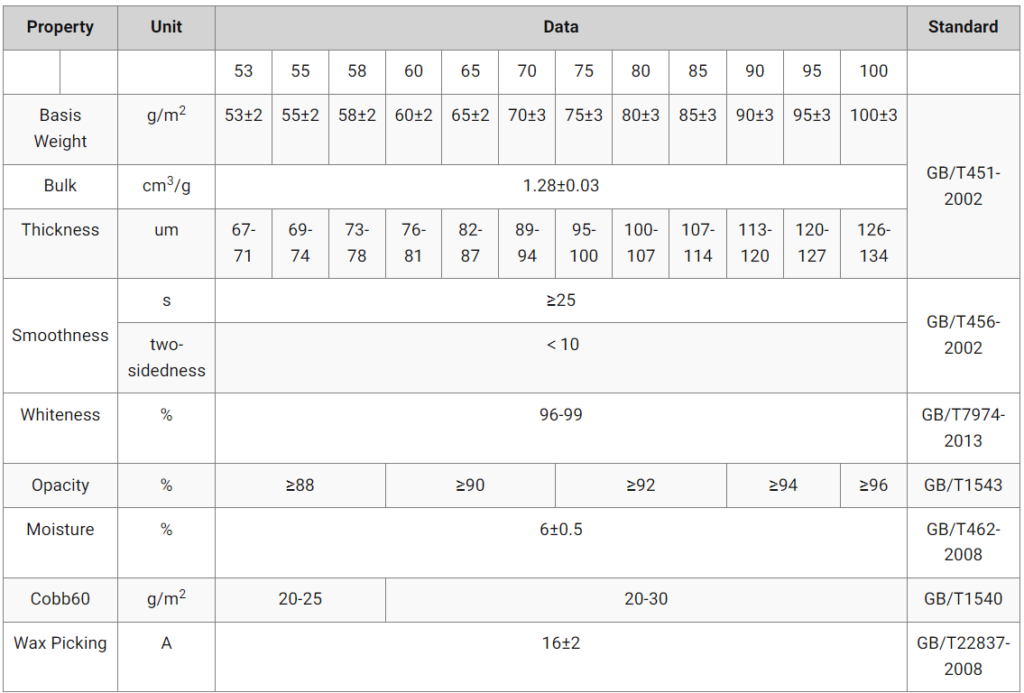
Manfaat Menggunakan Kertas Offset untuk Proyek Pencetakan
Kemampuan cetak
Menggunakan kertas offset untuk proyek pencetakan, menawarkan banyak sekali keuntungan yang meningkatkan kualitas dan efektivitas materi cetak secara keseluruhan. Satu keuntungan utama yaitu, kemampuan cetaknya yang istimewa, yang memungkinkan reproduksi warna yang tepat dan gambar yang tajam. Apabila menggunakan teknik cetak offset, tinta didistribusikan secara merata pada permukaan kertas, sehingga memberikan hasil berkualitas tinggi yang sering kali lebih unggul daripada pencetakan digital. Hal ini membuat kertas offset ideal untuk proyek pencetakan komersial yang mengutamakan kualitas.
Keserbagunaan
Manfaat penting lainnya yaitu, keserbagunaan kertas offset. Kertas ini dapat digunakan untuk beragam luas aplikasi, dari brosur dan selebaran hingga kartu nama dan katalog. Kemampuan untuk menyesuaikan berat kertas, hasil akhir, dan tekstur memungkinkan para desainer untuk membuat materi cetak yang unik dan menarik yang secara efektif mengkomunikasikan pesan mereka. Selain itu, pencetakan offset hemat biaya untuk pencetakan dalam jumlah besar, menjadikannya pilihan yang disukai untuk bisnis yang ingin menghasilkan cetakan bervolume tinggi tanpa mengorbankan kualitas.
Bagaimana Cara Kerja Proses Pencetakan Offset?
Gambaran Umum Proses Pencetakan Offset
Proses pencetakan offset diawali dengan pembuatan pelat cetak, yang terbuat dari bahan logam atau polimer. Gambar yang akan dicetak ditransfer ke pelat, kemudian pelat dipasang ke mesin cetak. Selama proses pencetakan, tinta dioleskan ke pelat, dan gambar kemudian ditransfer-atau diimbangi-pada rol selimut karet. Dari sana, gambar akhirnya dicetak pada kertas. Proses multi-langkah ini memungkinkan registrasi warna yang tepat dan hasil cetakan berkualitas tinggi.
Setelah penyiapan awal, mesin cetak dapat menghasilkan cetakan dalam jumlah besar secara cepat dan efisien. Proses ini sangat otomatis, yang memastikan konsistensi di seluruh pekerjaan dalam jumlah besar. Tiap mesin cetak bisa disesuaikan untuk bobot dan ukuran kertas yang berbeda-beda, sehingga memungkinkan berbagai proyek pencetakan diselesaikan sekaligus. Selain itu, proses pencetakan offset khususnya efektif untuk produksi skala besar, dan itulah sebabnya mengapa sering disukai untuk aplikasi pencetakan komersial.
Peran Tinta dan Kertas dalam Pencetakan Offset
Dalam pencetakan offset, tinta dan kertas memainkan peran krusial dalam menentukan kualitas cetak akhir. Tinta yang digunakan dalam pencetakan offset diformulasikan untuk merekat dengan baik pada karakteristik permukaan kertas offset, memastikan bahwa warna-warna tampak cerah dan sesuai dengan desain aslinya. Tinta berkualitas tinggi dapat secara signifikan meningkatkan kecerahan dan keburaman cetakan, berkontribusi pada penampilan yang dipoles secara keseluruhan. Pilihan kertas juga memengaruhi cara tinta berinteraksi dengan permukaan, sehingga sangat penting untuk memilih bahan yang kompatibel untuk hasil terbaik.
Faktor penting lainnya yaitu, karakteristik penyerapan tinta dari kertas offset. Kertas dengan daya serap tinta yang tinggi, dapat menghasilkan waktu pengeringan yang lebih cepat, mengurangi risiko noda atau offset pada halaman lainnya. Sebaliknya, jika kertas menyerap terlalu banyak tinta, ini bisa menghasilkan kualitas cetakan yang tumpul. Oleh karena itu, menyeimbangkan sifat tinta dengan jenis kertas offset yang tepat, sangat penting untuk menghasilkan cetakan berkualitas tinggi yang memenuhi standar profesional.
Metode Pencetakan Umum dalam Pencetakan Offset
Pencetakan offset menggunakan beberapa metode umum, masing-masing cocok untuk jenis proyek yang berbeda-beda. Metode yang paling lazim dikenal sebagai pencetakan offset pengumpanan lembaran, di mana lembaran kertas dimasukkan ke dalam mesin cetak. Teknik ini ideal untuk cetakan berkualitas tinggi dan jumlah cetakan yang lebih kecil. Metode populer lainnya yaitu, pencetakan offset web-fed, yang menggunakan gulungan kertas yang terus menerus, sehingga sempurna untuk proyek bervolume besar, seperti koran dan majalah.
Selain itu, terdapat teknik cetak offset khusus, seperti letterpress dan gravure, yang memanfaatkan pelat cetak dan tinta yang berbeda-beda untuk menghasilkan efek yang unik. Setiap metode pencetakan memiliki kelebihan dan dipilih berdasarkan persyaratan proyek, termasuk kualitas cetak yang diinginkan, volume, dan anggaran. Memahami metode-metode ini dapat membantu bisnis dan desainer membuat keputusan yang tepat tentang proses pencetakan mereka, memastikan hasil terbaik untuk proyek mereka.
Memilih Kertas Terbaik untuk Pencetakan Offset Faktor yang Perlu Dipertimbangkan
Apabila memilih kertas terbaik untuk pencetakan offset, ada beberapa faktor yang ikut berperan. Faktor pertama yang perlu dipertimbangkan yaitu, jenis proyek yang sedang Anda kerjakan. Proyek yang berbeda-beda memiliki persyaratan yang berbeda-beda mengenai ketebalan, berat, dan hasil akhir. Contohnya, jika Anda membuat cetakan seni berkualitas tinggi, kertas yang lebih berat akan menjadi pilihan terbaik untuk warna-warna cerah dan detail yang tajam. Sebaliknya, untuk tugas pencetakan sehari-hari, kertas yang tidak dilapisi, mungkin sudah cukup.
Pertimbangan penting lainnya yaitu, kompatibilitas tinta pada kertas. Sebagian kertas menyerap tinta lebih baik daripada yang lain, yang bisa memengaruhi kualitas cetak secara keseluruhan. Jika Anda menggunakan tinta tertentu, maka, sangat penting untuk memilih kertas yang dapat menangani sifat tinta secara efektif. Terakhir, mempertimbangkan dampak lingkungan dari pilihan kertas Anda, menjadi semakin penting. Memilih opsi yang ramah lingkungan, tidak hanya menguntungkan planet ini, tetapi juga meningkatkan citra merek Anda.
Tujuan Penggunaan, Anggaran, dan Hasil yang Diinginkan
Memahami tujuan penggunaan materi cetak Anda, sangat penting dalam memilih kertas offset yang tepat. Contohnya, jika Anda mendesain selebaran promosi, Anda mungkin menginginkan kertas yang ringan namun cukup tahan lama untuk menahan penanganan. Sebaliknya, jika Anda membuat undangan, kertas yang lebih berat dan lebih mewah dapat memberikan kesan yang lebih berkesan. Anggaran Anda juga memainkan peran penting dalam keputusan ini. Menyeimbangkan biaya dengan kualitas akan memastikan Anda mendapatkan hasil yang Anda inginkan tanpa mengeluarkan biaya yang berlebihan.
Hasil yang diinginkan, juga harus menjadi faktor pemandu. Jika Anda menginginkan warna-warna cerah dan gambar yang memukau, kertas yang dilapisi glossy akan sesuai, sedangkan hasil akhir matte mungkin lebih disukai untuk penampilan yang lebih kalem dan elegan. Perlu diingat, bahwa jenis proyek sering kali akan menentukan karakteristik kertas yang sesuai, jadi, menyelaraskan pilihan Anda dengan tujuan Anda secara keseluruhan, akan menghasilkan hasil cetak yang lebih sukses.
Berat / Ketebalan
Berat dan ketebalan kertas offset merupakan atribut penting yang bisa sangat memengaruhi kualitas dan daya tahan cetak. Berat kertas biasanya diukur dalam GSM, dan memilih berat yang tepat akan bergantung pada kebutuhan spesifik proyek Anda. Kertas yang lebih berat sering kali lebih tahan lama dan memberikan kesan profesional, sehingga ideal untuk kartu nama dan brosur kelas atas. Sebaliknya, kertas yang lebih ringan mungkin lebih cocok untuk pencetakan bervolume besar, seperti selebaran dan buletin, yang mengutamakan efisiensi biaya.
Selain itu, ketebalan kertas memengaruhi kemampuan cetaknya. Kertas yang lebih tebal dapat menyerap lebih banyak tinta, yang dapat meningkatkan kecemerlangan warna, tetapi mungkin juga memerlukan penyesuaian dalam proses pencetakan. Sangat penting untuk mempertimbangkan berat dan ketebalan ketika memilih kertas offset untuk memastikan bahwa kertas tersebut sesuai dengan kebutuhan pencetakan dan persyaratan proyek Anda, yang pada akhirnya berkontribusi pada keberhasilan keseluruhan upaya pencetakan Anda.
Dilapisi vs Tidak Dilapisi
Memilih antara kertas offset berpelapis dan tidak berpelapis adalah keputusan krusial yang memengaruhi kualitas cetak akhir. Kertas berpelapis memiliki hasil akhir yang halus yang menyempurnakan reproduksi warna, sehingga ideal untuk proyek yang memerlukan gambar yang cerah, seperti brosur dan poster. Lapisan ini memungkinkan penyerapan tinta yang lebih baik, menghasilkan warna yang lebih tajam dan lebih jelas. Namun demikian, kertas berpelapis mungkin tidak sesuai untuk penulisan atau proyek yang memerlukan sentuhan.
Di sisi lain, kertas tanpa lapisan menawarkan kesan dan tekstur yang lebih alami, membuatnya sempurna untuk kop surat, amplop, dan alat tulis yang melibatkan tulisan. Jenis kertas ini juga dapat memberikan tampilan yang lebih halus dan canggih, ideal untuk branding kelas atas. Dengan memahami perbedaan antara kertas berpelapis dan tidak berpelapis, memungkinkan para perancang dan pencetak untuk membuat pilihan yang tepat, menyesuaikan pilihan mereka untuk memenuhi persyaratan spesifik setiap proyek.
Kehalusan/Tekstur
Kehalusan dan tekstur kertas offset secara signifikan memengaruhi kualitas cetak dan penampilan akhir materi cetakan. Kertas yang mulus memudahkan distribusi tinta yang merata, menghasilkan garis yang lebih bersih dan gambar yang lebih tajam. Hal ini khususnya penting untuk proyek seperti kartu nama yang mengutamakan kejernihan dan profesionalisme. Tekstur juga dapat memengaruhi pengalaman taktil pada karya cetak, menciptakan interaksi yang lebih menarik bagi penerimanya.
Sebaliknya, kertas bertekstur bisa menambah kedalaman dan ketertarikan pada materi cetak, memberikan sentuhan unik yang bisa meningkatkan estetika secara keseluruhan. Namun demikian, kertas-kertas ini mungkin memerlukan teknik pencetakan khusus untuk mencapai hasil yang diinginkan, karena tekstur dapat memengaruhi penyerapan tinta dan ketepatan warna. Oleh karena itu, memahami implikasi kehalusan dan tekstur sangat penting apabila memilih kertas offset untuk memastikan hasil terbaik bagi proyek pencetakan Anda.
Keburaman
Keburaman adalah sifat penting kertas offset yang menentukan berapa banyak cahaya yang melewati kertas. Kertas beropasitas tinggi sangat penting untuk mencegah tinta meleleh, yang bisa mengorbankan kualitas bahan cetakan. Hal ini khususnya penting untuk pencetakan dua sisi, di mana gambar dan teks harus tetap jernih dan jelas pada kedua sisinya. Jika opasitas tidak mencukupi, gambar yang dicetak mungkin tampak luntur atau kacau, sehingga mengurangi keseluruhan desain.
Apabila memilih kertas offset, pertimbangkan peringkat opasitas untuk memastikan bahwa kertas memenuhi persyaratan proyek Anda. Jenis kertas yang berbeda-beda, menawarkan tingkat keburaman yang berbeda-beda, jadi, pahami kebutuhan spesifik Anda. Untuk proyek yang memerlukan cetakan berkualitas tinggi, seperti brosur dan undangan, berinvestasi pada kertas offset beropasitas tinggi dapat membuat perbedaan yang signifikan pada penampilan dan kualitas produk akhir, meningkatkan efektivitas keseluruhan materi cetakan Anda.
Kecerahan / Keputihan
Kecerahan dan keputihan kertas offset merupakan faktor vital yang memengaruhi kualitas cetak dan akurasi warna. Kertas dengan tingkat kecerahan yang lebih tinggi cenderung menghasilkan warna yang lebih cerah dan kontras yang lebih tajam, membuatnya ideal untuk proyek yang memerlukan visual yang memikat. Kertas putih cerah sering kali menyempurnakan penampilan keseluruhan materi cetak, berkontribusi pada penampilan yang lebih profesional. Hal ini khususnya penting untuk materi pemasaran, di mana kesan pertama dapat secara signifikan memengaruhi keputusan calon klien.
Selain itu, warna putih kertas memengaruhi bagaimana warna dipersepsikan apabila dicetak. Kertas dengan warna kebiruan dapat menyempurnakan warna yang lebih sejuk, sedangkan kertas dengan nada yang lebih hangat dapat menonjolkan rona yang lebih hangat. Memilih tingkat kecerahan dan keputihan yang tepat, sangat penting untuk mencapai ketepatan warna yang diinginkan dalam proyek cetakan Anda, memastikan bahwa hasil akhir selaras dengan visi kreatif Anda dan memenuhi standar profesional.
Kompatibilitas Tinta
Kompatibilitas tinta merupakan pertimbangan penting apabila memilih kertas offset, karena secara langsung memengaruhi kualitas dan daya tahan cetak. Tinta yang berbeda-beda, berperilaku secara unik pada berbagai jenis kertas, yang memengaruhi tingkat penyerapan dan kecemerlangan warna. Sangat penting untuk memilih kertas offset yang bekerja dengan baik dengan tinta spesifik yang Anda rencanakan untuk digunakan, entah itu tinta berbasis air, berbasis minyak, atau tinta UV. Kompatibilitas tinta-kertas yang tepat memastikan bahwa tinta melekat dengan benar, menghasilkan gambar dan teks yang tajam dan jernih.
Terlebih lagi, memahami karakteristik permukaan kertas bisa sangat memengaruhi performa tinta. Kertas yang dilapisi, biasanya memiliki tingkat penyerapan tinta yang lebih tinggi, yang dapat meningkatkan kecemerlangan warna, sedangkan kertas yang tidak dilapisi, mungkin memerlukan tinta khusus untuk mencapai hasil yang optimal. Dengan mempertimbangkan kompatibilitas tinta ketika memilih kertas offset, para desainer dan printer dapat memastikan bahwa proyek mereka memberikan hasil yang sebaik mungkin, menghasilkan bahan cetakan berkualitas tinggi yang secara efektif menyampaikan pesan yang dimaksudkan.
Apa Pentingnya Berat Kertas dalam Pencetakan Offset?
Berat kertas memainkan peran penting dalam pencetakan offsetyang mempengaruhi baik produk akhir dan proses pencetakan secara keseluruhan. The berat kertas diukur dalam bobot dasaryang menentukan ketebalan dan kekokohannya. Untuk pencetakan warna, a kertas dengan tinggi berat badan dapat meningkatkan ketajaman dan kejenuhan, menghasilkan sebuah cetakan yang sangat baik kualitas. Sebaliknya, kertas dengan lebih rendah berat badan dapat menghasilkan smear efek, khususnya apabila menggunakan printer kecepatan tinggi. Memilih yang tepat stok yang digunakan sama pentingnya; kertas ramah lingkungan pilihan, seperti dapat terurai secara hayati atau kertas bersertifikasi FSC dan PEFC, membantu mengurangi jejak karbon dengan tetap mempertahankan kualitas premium.
Untuk tujuan pencetakan manual dan digital, kehalusan permukaan dan kilap kertas juga penting. Vellum dan stok kasar dapat menghasilkan estetika yang berbeda, membuatnya cocok untuk berbagai aplikasi. Usaha kecil dan menengah harus mempertimbangkan berbagai faktor ini ketika memilih kertas, karena mereka ingin meminimalkan biaya sekaligus memastikan presentasi yang memikat. Hal ini menimbulkan pertanyaan yang sering diajukan mengenai berat kertas terbaik untuk proyek tertentu. Kesimpulannya, memahami berat kertas dan propertinya sangat penting untuk mencapai hasil yang diinginkan dalam pencetakan offset.
Apa Saja Aplikasi Umum Kertas Offset?
Kertas offset digunakan secara luas di berbagai industri karena keserbagunaan dan kualitasnya. Kertas ini umumnya digunakan untuk tugas pencetakan yang memerlukan ketelitian, seperti brosur, selebaran, dan majalah. Kertas ini memiliki permukaan yang relatif halus, memastikan bahwa gambar dan teks yang dicetak tampak tajam dan cerah. Hal ini khususnya penting untuk produk yang bertujuan untuk meningkatkan daya tarik merek.
Selain itu, kertas offset sering kali diproduksi dengan menggunakan praktik-praktik yang bertanggung jawab terhadap lingkungan, seperti mengambil bahan baku dari hutan yang bersertifikasi PEFC dan Forest Stewardship Council. Ini berarti bahwa bahan yang digunakan, termasuk pohon cemara, berasal dari sumber daya yang terbarukan. Selain itu, proses pembuatannya dapat melibatkan pemutih, yang digunakan untuk mendapatkan hasil akhir yang mengkilap yang meningkatkan kualitas visual bahan cetak.
Lebih jauh lagi, kertas offset sering digunakan untuk bahan kemasan, dan daya tahannya sangat penting. Standar ISO memastikan bahwa kertas ini memenuhi tolok ukur kualitas tertentu, sehingga cocok untuk beragam luas aplikasi. Baik dicetak dengan bolpoin atau digunakan untuk pencetakan berkualitas tinggi, kertas offset tetap menjadi bahan pokok dalam industri ini.
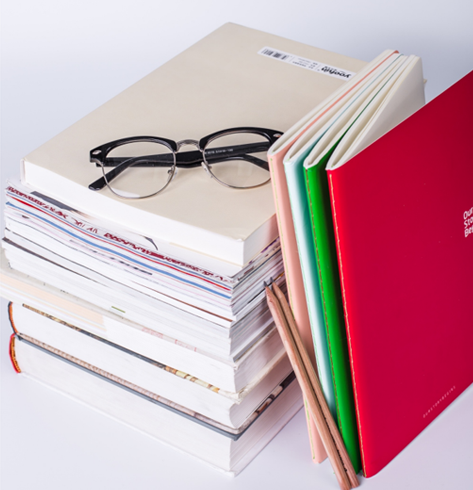
Penerbitan
Ideal untuk buku, majalah, koran, dan katalog karena daya tahan dan hasil cetaknya yang berkualitas tinggi.

Iklan
Digunakan untuk brosur, selebaran, poster, dan materi promosi untuk menampilkan warna-warna cerah dan grafik yang mendetail.
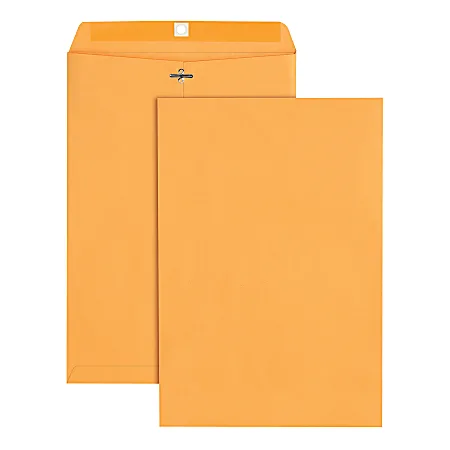
Pencetakan Perusahaan
Biasa digunakan untuk kop surat, kartu nama, amplop, dan alat tulis perusahaan untuk tampilan yang profesional.
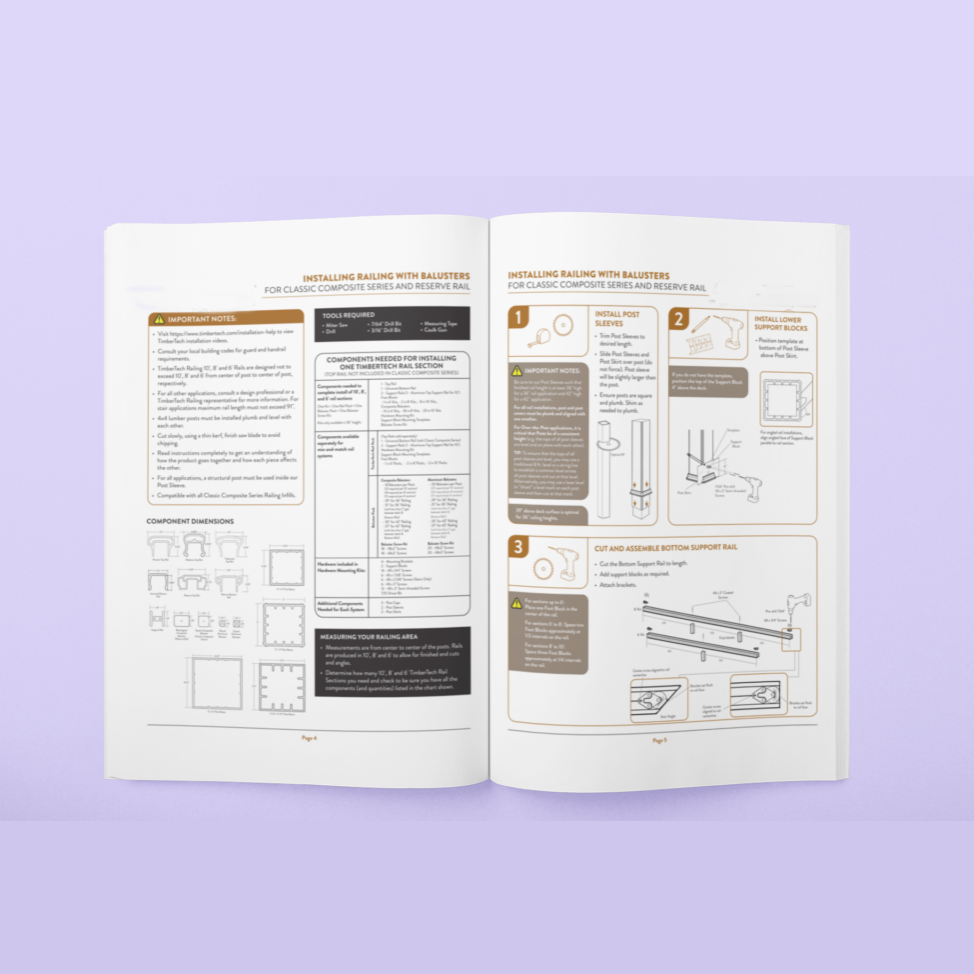
Sisipan Kemasan
Cocok untuk sisipan kemasan, manual produk, dan materi instruksional yang memerlukan pencetakan yang jelas dan tajam.
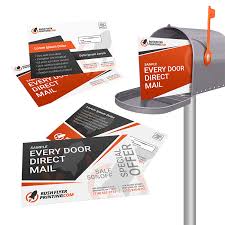
Surat Langsung
Digunakan untuk kampanye pemasaran direct mail, menawarkan kombinasi daya tahan dan kualitas cetak untuk menyampaikan pesan promosi secara efektif.

Materi Pendidikan
Lebih disukai untuk buku teks, buku kerja, dan sumber daya pendidikan yang membutuhkan keterbacaan dan daya tahan lama.
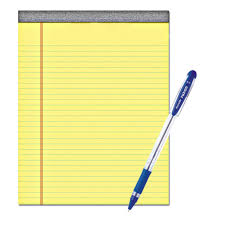
Alat tulis
Digunakan untuk alat tulis seperti buku catatan, memo pad, dan set surat untuk tampilan dan nuansa premium.

